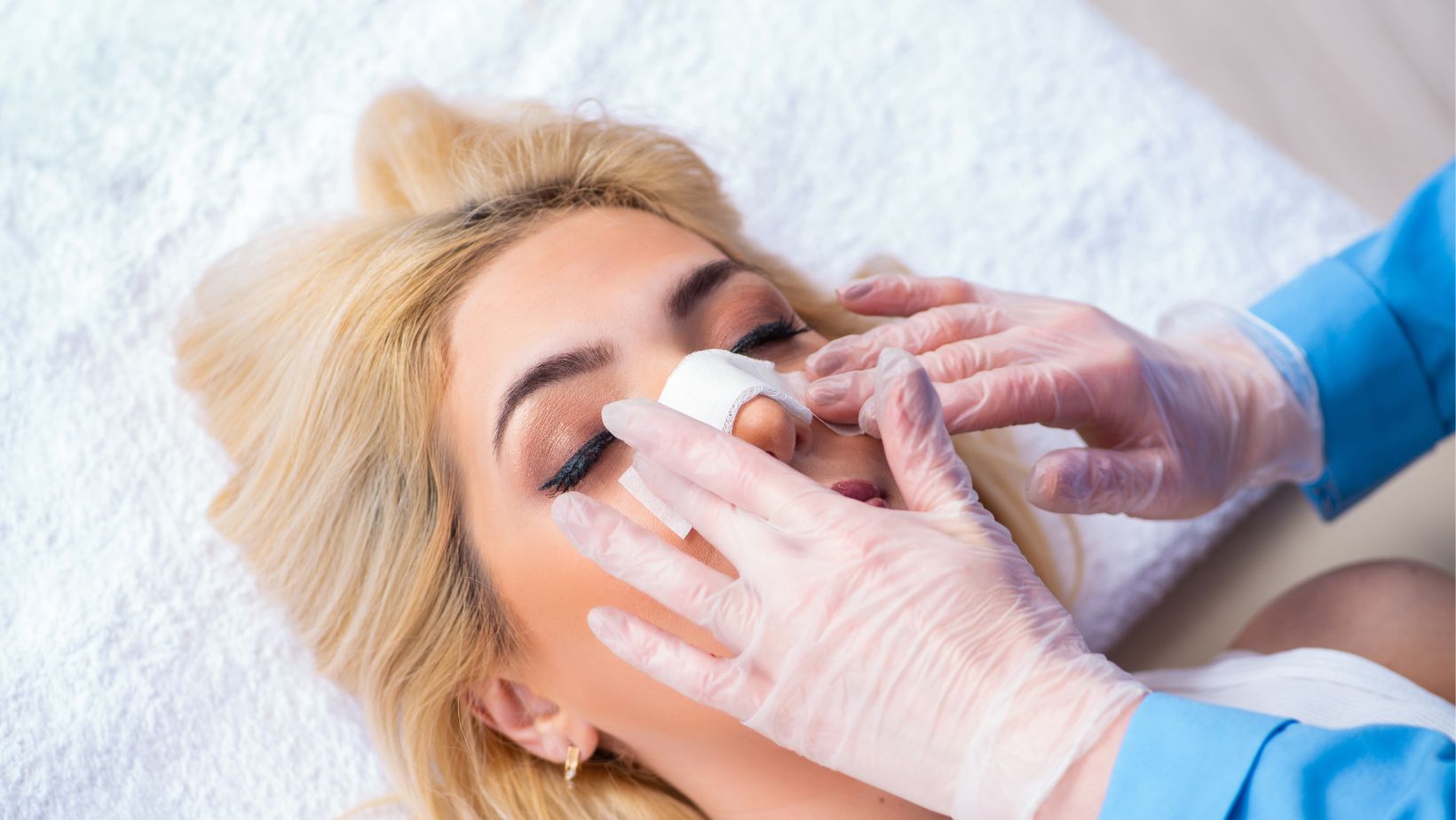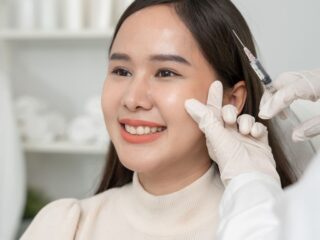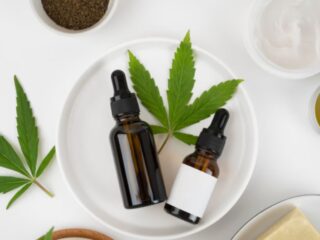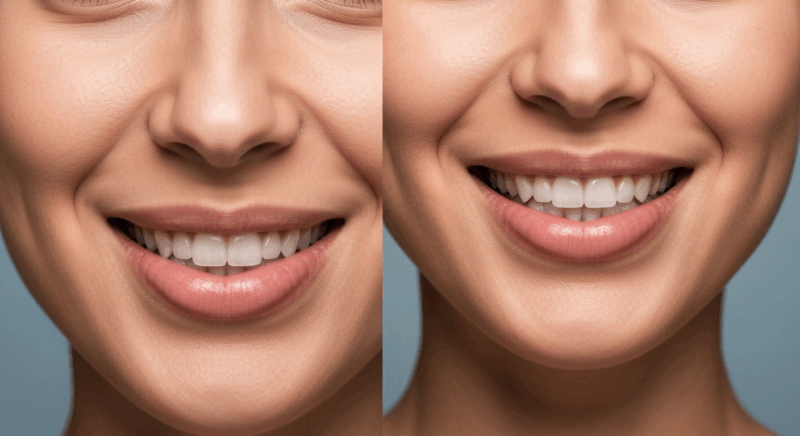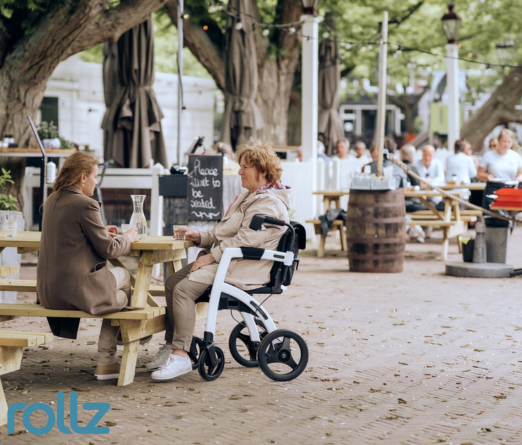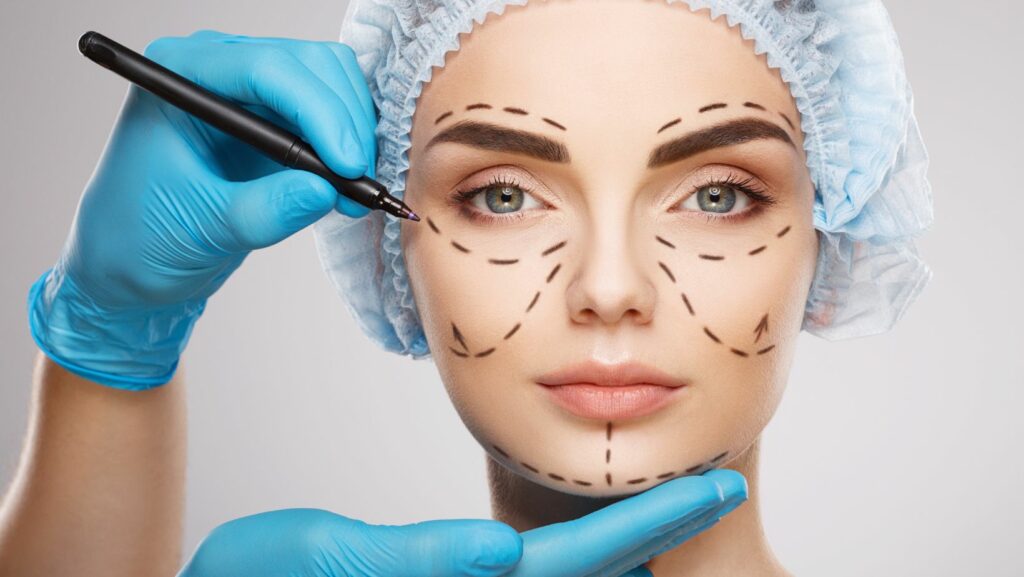
Recent years have marked a notable increase in the number of individuals electing for plastic and cosmetic surgery. This surge is not solely a matter of increased availability but correlates with a complex interplay of societal, psychological, and economic factors that merit a detailed examination.
The Surge in Surgical Enhancements
It seems more people every year consider plastic and cosmetic surgery. One might wonder about the factors contributing to this trend. It’s not merely about vanity or following celebrities. It’s a complex mix of individual confidence, accessibility, and societal acceptance.
Technological advancements have made procedures less invasive and reduced recovery times. This accessibility has allowed a broader demographic to consider options once deemed out of reach. Moreover, the stigma surrounding plastic surgery has diminished. Social platforms showcase transformative stories, making surgery a more openly discussed topic.
Personal Decisions in a Professional World
Consider the professional scene, where appearance can influence perceptions. Some seek to align their external image with their inner drive and ambition. A competitive job market might lead individuals to explore these surgeries as a way to invest in their personal brand.
Within this context, the services of professionals like Dr. Neinstein in NYC become relevant. Known for his expertise, Dr. Neinstein represents the new age of plastic surgeons – skilled, empathetic, and attuned to the nuanced needs of their patients.
Cultural Shifts and Self-Perception
Cultural dynamics play a role, too. With a shift towards individualism, there’s an increasing emphasis on self-care and personal growth. For some, cosmetic surgery is a step on the journey of self-improvement, a means to feel more aligned with their self-image.
Broadening Horizons with Non-Surgical Options
As the conversation about cosmetic enhancement evolves, so do the choices available. Non-surgical procedures are on the rise, offering less permanent and less intimidating options for those not ready for surgery. Injectable fillers, Botox, and laser treatments are just the tip of the iceberg. They require minimal downtime and often come at a lower cost, making them a first step for many into the world of cosmetic alteration.
The Influence of Media on Aesthetic Choices
Media portrayal of beauty standards has a significant impact. Television, movies, and especially social media platforms constantly present ideals that shape public perception. This bombardment of imagery can influence decisions to undergo plastic or cosmetic surgery. The desire to replicate certain aesthetic traits seen on influencers or celebrities can drive individuals to seek surgical solutions.
Generational Perspectives on Beauty Enhancements
Attitudes towards plastic surgery vary with age. Younger generations, particularly millennials and Gen Z, view cosmetic procedures as a norm, partly due to their upbringing in an age of selfies and instant photo sharing. For older generations, these surgeries might be seen as a way to maintain a youthful appearance in a society that often values youth.
The Role of Technology in Advancing Surgery
The field of plastic and cosmetic surgery has seen remarkable technological innovations. From 3D imaging that offers a glimpse of potential results to advanced techniques that minimize scarring, the industry is evolving. These technological advancements not only improve outcomes but also help demystify the procedures, making them more approachable.
Refinement over Reinvention
The current trend in plastic and cosmetic surgery emphasizes refinement rather than complete reinvention. It’s about enhancing features, not drastic changes. Surgeons report an increase in requests for subtle adjustments — a little lift here, a slight reshaping there. It reflects a growing desire for people to look like the best version of themselves rather than adopting a one-size-fits-all beauty standard.
Accessibility and Global Trends
As the global middle class expands, so does access to disposable income. This financial shift allows more individuals to consider procedures previously deemed luxurious. Moreover, the globalization of beauty trends means that techniques and treatments popular in one country quickly find demand worldwide, contributing to the industry’s growth.
Emotional Well-being and Cosmetic Procedures
There’s a growing recognition of the psychological impact of aesthetic procedures. While not a panacea for deep-seated issues, many individuals report a boost in confidence and psychological well-being post-procedure. This aspect has led to a broader societal acceptance as the focus shifts to the potential emotional benefits.
Ethical Considerations and Patient Safety
With the rise in demand comes a responsibility to ensure patient safety and ethical practice. Surgeons and patients alike are more aware of the importance of choosing accredited facilities and certified practitioners. This awareness has led to a push for higher standards and better regulation within the industry, ensuring that patient care remains at the forefront.
The Impact of Pandemic Lifestyle Changes
The surge in remote work and video conferencing during the pandemic has brought a new focus on personal appearance. People are spending more time looking at themselves on screens, which has contributed to a rise in facial procedures. Eyelid lifts, nose reshaping, and skin treatments have seen increased interest as individuals seek to look their best in the virtual workspace.
Normalization and Open Dialogue
A significant shift in the increase of these surgeries is the normalization of the conversation around them. Open discussions about plastic surgery in public forums, social media, and even in casual conversations have removed much of the taboo. This openness allows individuals to share their experiences and advice, creating a supportive community for those considering surgery.
Conclusion
The comprehensive analysis of the surge in plastic and cosmetic surgeries points to a subtle interplay of diverse influences. Recognition of these factors is essential for understanding the dynamics that fuel this trend.

